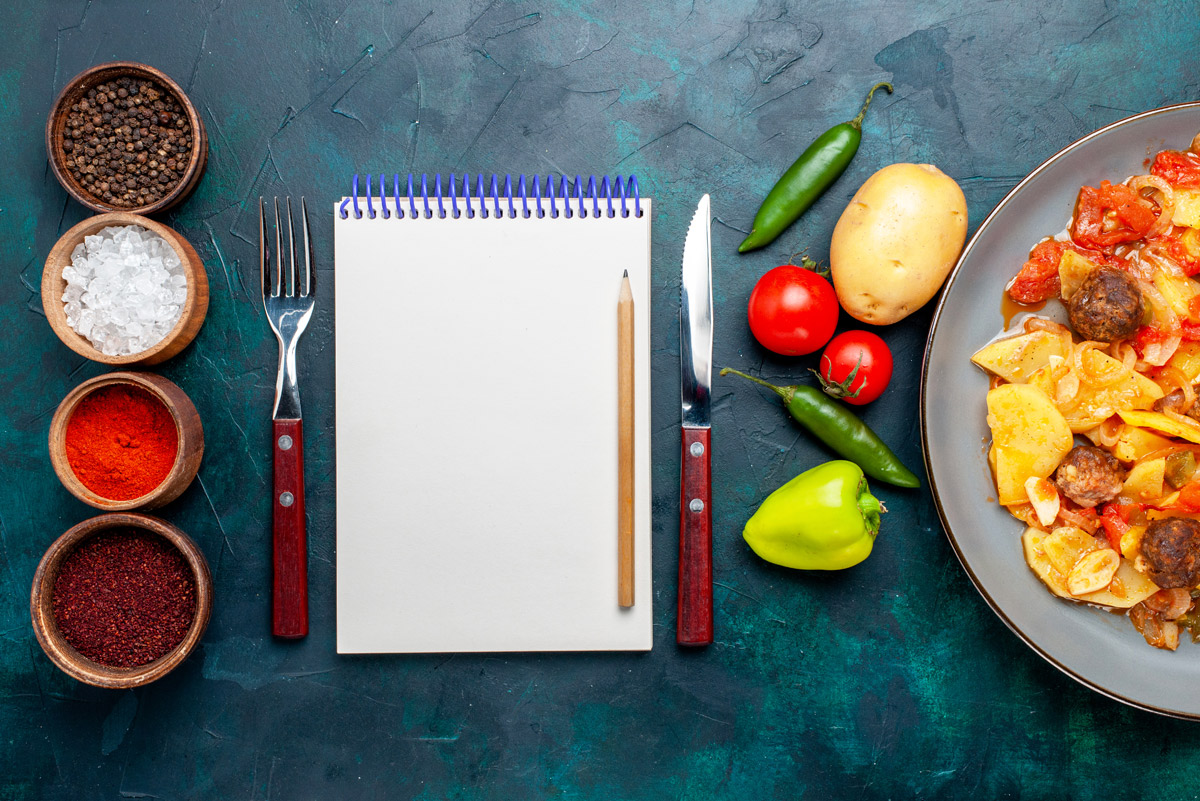
The Culinarian’s Take: Why tasting menus are telling India's next great food story
What happens when the chef takes the wheel? The future of dining is an experience; a story told from the chef’s POV. We dive into the rise of the tasting menu, exploring how India's top chefs are using this format for culinary passion, regional heritage and unforgettable, immersive meals

There was a time when choosing dinner meant navigating a lengthy menu, perhaps sticking to the familiar. But the Indian dining scene is changing. We're seeking meals that tell a story, connect us to a place and offer a genuine experience. One such trend, the tasting menu, is stepping firmly into the spotlight.
No longer just in the domain of ultra-formal dining, this curated culinary experience is becoming a way for chefs to share their passion and for diners to partake in this passion, one thoughtfully crafted plate at a time. The Godrej Food Trends Report (GFTR) 2025 predicted this shift, noting that tasting menus are evolving into multi-sensory experiences aimed at "emotional and intellectual discovery". Let’s see how this prediction is unfolding.
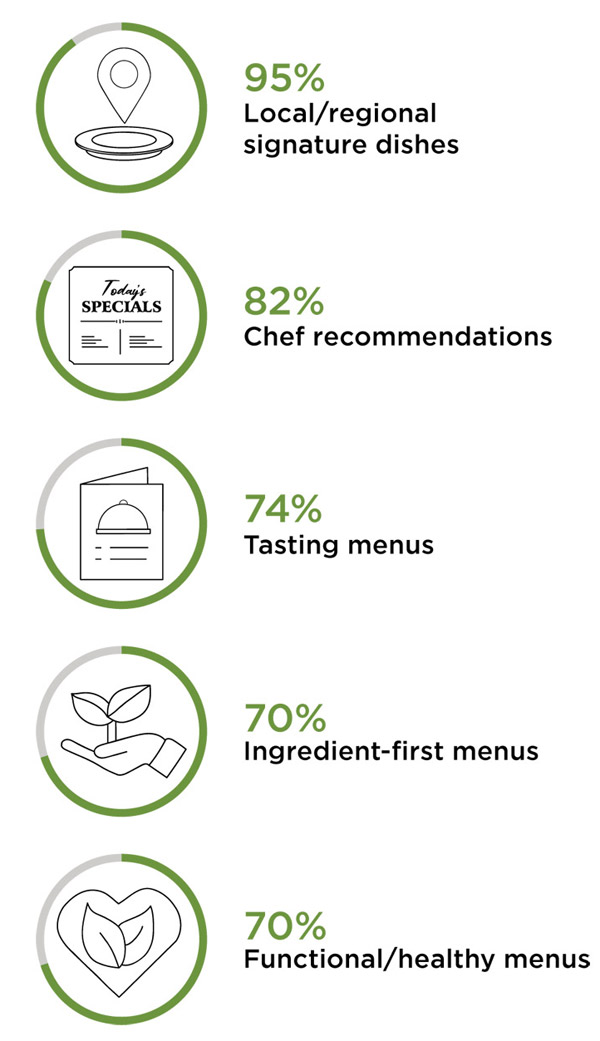
The chef takes the wheel
Behind the tasting menu's appeal is the chef as narrator. "It is not just the dish but the progression of your meal that you need to consider," explains Hussain Shahzad, Executive Chef at Hunger Inc. Hospitality. "Since it is a chef’s counter, we become the custodians of the experience." This trust is something diners are embracing; GFTR 2025 noted Chef recommendations (82%) and special tasting menus (74%) as top menu propositions, signalling a growing comfort with letting the experts lead.
Take Chef Auroni Mookerjee, celebrated for his "bajaar-to-table" ethos. His tasting menus become lessons in India's agricultural heritage, introducing diners to heirloom rice varieties often overlooked. A dish like neem begun and shukto uses fragrant radhatilok rice, while his pukur-to-table creation paints a picture of a village pond's ecosystem using tulaipanji rice alongside mussels, greens and mushrooms.
More than just a meal
This storytelling is key. GFTR 2025 also says that regional identity (86%) and provenance (85%) are major menu inspirations. Tasting menus are the perfect format to showcase these, a specific region's specialties celebrating seasonal ingredients sourced directly from farmers or tracing the journey of a key element across several courses.
But it’s not just what's served, but how. "Impeccable service is key because people are spending so much time at the restaurant," notes Nikhil Nagpal, Executive Chef at ITC Grand Chola. Engaging diners between courses is crucial. Vaibhav Bahl of Conosh points out that service can "make or break an entire tasting experience". This might involve sommeliers sharing wine stories, servers explaining ingredient origins or chefs themselves offering anecdotes. Some, like Papa’s in Mumbai, even offer playful distractions like notebooks for doodling. The goal is to keep the guest immersed.
Does the math work?
Surprisingly, yes. While seemingly elaborate, tasting-menu-only restaurants can be economically sound. "You can be very well planned compared to an a la carte restaurant. The ingredients and their costing can be precise because you know exactly how much you need per person per day,” points out Shahzad. This precision significantly reduces wastage.
Moreover, diners are increasingly willing to invest in unique experiences. "The Indian diner knows his food. They’re willing to pay top dollar for a good experience," confirms Prateek Sadhu, whose destination restaurant Naar sees guests flying in just for a meal. While some, like Naar, are intimate 16-seaters, others like Avartana operate at a larger scale, offering choices within the tasting menu format.
Looking ahead: The evolving plate
From established names like Indian Accent and Trèsind to innovators like Masque, Ekaa and Farmlore, restaurants across India are embracing the tasting menu format. As Sourish Bhattacharyya noted, it offers diners, especially the "time-constrained executive," an efficient way to experience the best a restaurant has to offer.
The future promises even more integration of technology, perhaps AI helping tailor menus to preferences and a continued focus on sustainability and personalisation. Chefs will further hone their roles as storytellers, using local ingredients, heritage recipes and culinary craft to create unforgettable dining narratives.
The tasting menu, declaredly so, has come of age. What are some memorable tasting menu experiences that you want to share? Let us know in the comments.
Tags
0 Comment
You may also like
-
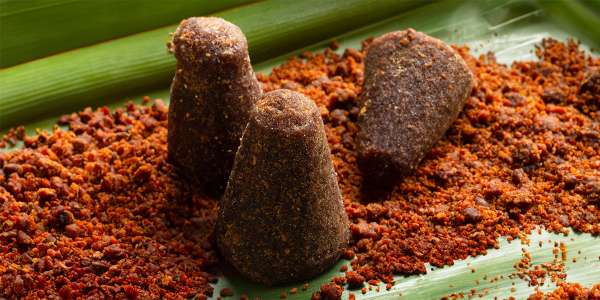
Features How India eats when the weather turns cold
by Vikhroli Cucina
-
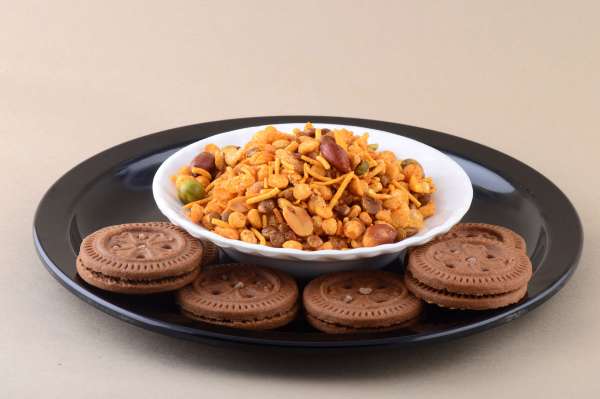
Features What Indian childhood memories taste like…
by Vikhroli Cucina
-

Features The Culinarian's Take: Why micro-restaurants are India's hottest dining trend
by Vikhroli Cucina
-
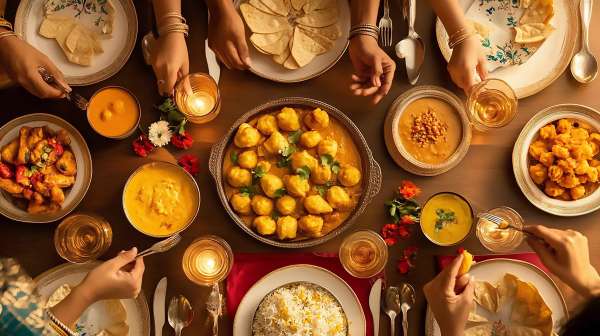
Features What’s cooking on Diwali: The savoury side of the feast from choddo shaak to chivda
by Vikhroli Cucina

